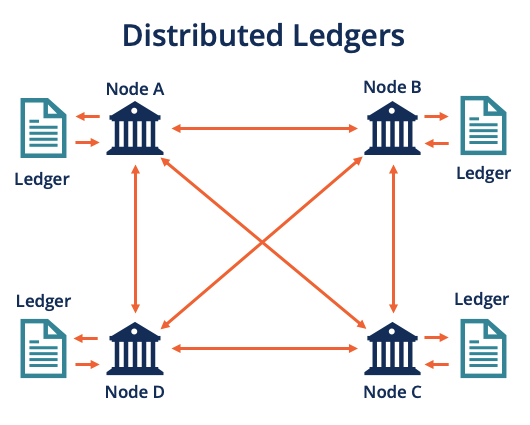As blockchain technology enters into newer sectors such as supply chain, energy, entertainment, etc ., there’s a lot more to the concept and the technology. Concurrent to all of that is the emergence of Hyperledger Fabric, a platform for distributed ledger solutions built on a modular architecture that delivers confidentiality, resiliency, flexibility, and scalability.
It is a production-ready, open source, business blockchain framework. IBM has built it in collaboration with the leading companies to fulfil contemporary business needs. In this post, we walk you through the 5 reasons to adopt Hyperledger Fabric.
#1 The Hyperledger Fabric’s modern architecture supports distributed ledger solutions on permissioned networks for diverse industries. When deciding whether to use Hyperledger Fabric or not, you should think about whether your blockchain needs to comply with the data protection regulations. This is necessary for the financial sector and healthcare sector because they are subject to data protection laws and need the identification of network members who are accessing specific data. It can protect the supply chain from theft and counterfeiting. It can track conflict through the supply chain and protect suppliers, buyers, and shippers.

#2 Hyperledger Fabric is built to deliver advanced performance, scalability and trust. It segregates the transaction process into three phases. This requires fewer levels of trust and verification across the node types and hence, optimises performance.
#3 Hyperledger Fabric makes for a more secure blockchain network. The v1.0 architecture is set up with only signatures and read/write set. Only the endorsers and commuters on the network can see the transactions. This is especially beneficial in capital market with equity-backed securities or debt being traded. If the transaction volume and number of participants grow, then v1.0 of the Hyperledger Fabric enables dynamic growth by splitting out the chaincode execution. It is also useful for companies wanting to add a new bank to the network to manage foreign exchange rates. On the Hyperledger Fabric v1.0, this can be done programmatically.
#4 Hyperledger Fabric provides data on a need-to-know basis. It is useful for financial entities which dictate the need for privacy of certain data elements. The separation of data on the blockchain allows data to go to only the parties that need to know.
Consider for e.g., a financial entity which does not want its competitors to see the volume of its transactions. Mere cryptography cannot protect this data, but Hyperledger Fabric’s data-partitioning capability can do this because it provides data to only those who should know it.
Related: Blockchain Tech Will Revolutionize Financial Management
#5 The modular architecture protects the digital keys and sensitive data. It supports HSM (Hardware Security Module) which is responsible for safeguarding and managing digital keys. Both the modified and unmodified version of PKCS11 are supported by Hyperledger Fabric. This provides strong authentication and is useful for identity management.
Hyperledger Fabric has immense potential for transforming industries, and we see it right now. What’s even more exciting is the latest release, Hyperledger Fabric v1.4 LTS. This offers better serviceability and operations, the programming model for developing applications and enhanced data privacy.
If you’re looking to build smart applications and avoid the pitfalls that can limit its potential, Hyperledger Fabric can be a great choice to gain an extra edge over your competitors.